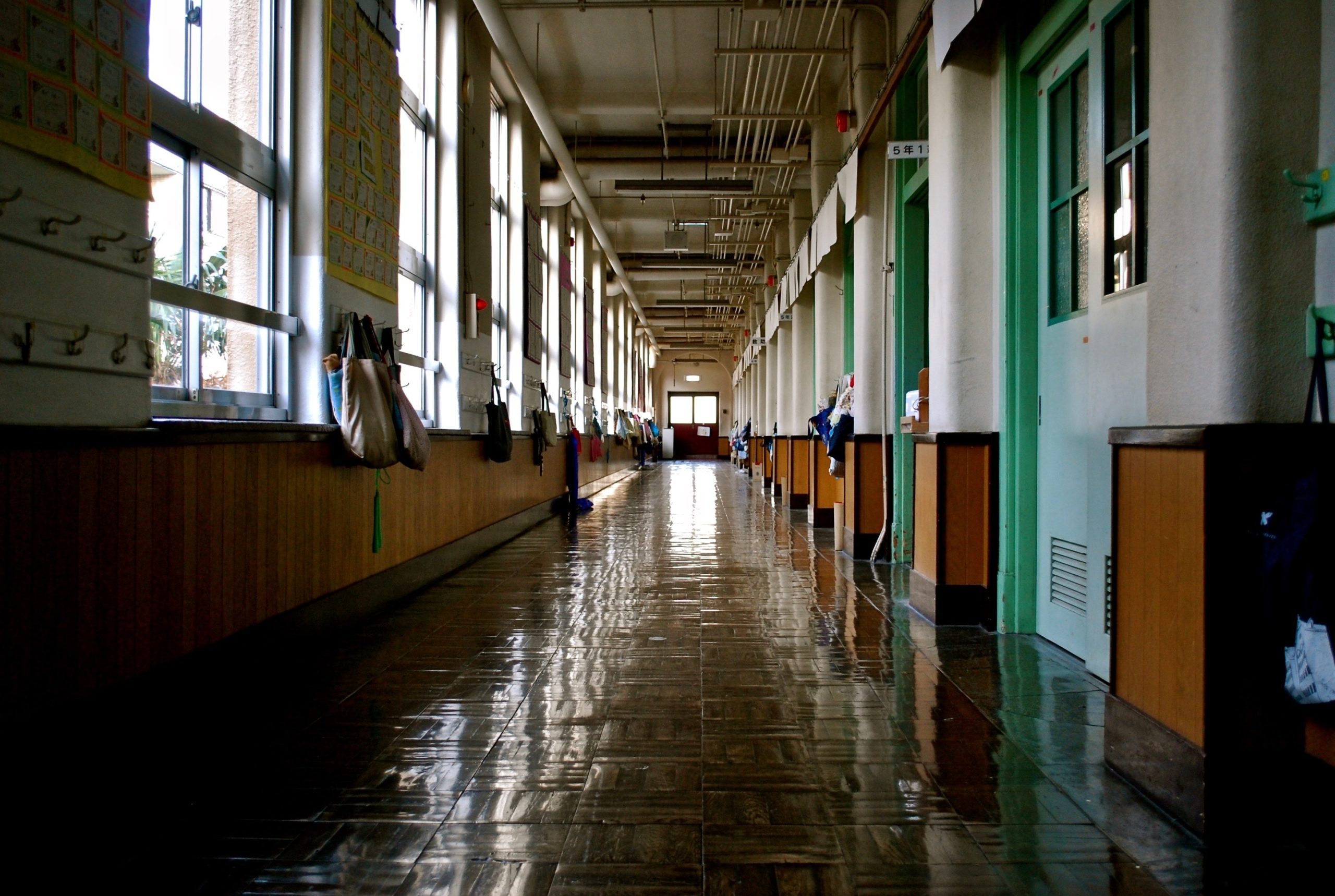
There are a huge number of factors that increase a young person’s risk of using alcohol or other drugs, including individual, peer, parenting, and socioeconomic factors. Socioeconomic factors are key determinants of health, through which people of higher socioeconomic status (SES) tend to experience better health outcomes (‘social gradient of health’)[1]
People from low SES backgrounds (i.e. low income, poor education and high unemployment) typically have higher rates of substance use. In fact, low SES youth are 22 times more likely to use alcohol at risky levels and 5 times more likely to smoke [2]. In terms of cannabis use, experimentation is more likely among adolescents from affluent backgrounds, while heavy use tends to be associated with lower SES [3].
Psychological difficulties and stress
The relationship between SES and youth substance use is complex, driven by numerous barriers faced by low SES families such as less education and employment opportunities, restricted access to affordable healthcare, lower health literacy, chronic stress, low parental supervision and poor family dynamics [4].
Young people from socioeconomically disadvantaged families tend to face higher levels of stress and psychological difficulties in their daily lives than those from more affluent families, which may contribute to substance use issues [3]. Associations have been found between low childhood SES and subsequent drug use, particularly in relation to cannabis [5-9].
Lack of Resources and Access to Evidence-based Health Education
A lack of adequate resources and health education is also a common issue in low SES areas. Schools in less affluent areas may not be able to afford to access to quality, evidence-based drug education. Under-resourcing of school systems is a common problem in low SES neighbourhoods, which can have an adverse impact on students’ academic progress [11] and school attendance, which increase the risk of substance use in youth [5]. Although school-based education is just one part of the solution, equitable and evidence-based prevention is essential to equip young people to make informed decisions and minimise harms.
The impact of low socioeconomic status on drug and alcohol use in youth can be partly mitigated by providing opportunities for positive change. For example, the Moving to Opportunity study conducted in the United States showed that when families were given the chance to move to a higher socioeconomic area, there was a significant increase in mental and physical health and wellbeing [12, 13]. It also showed that moving away from drug use was a major reason that participants volunteered for the study [12, 13]. By working to improve the socioeconomic conditions and providing better access to resources, education and opportunities, we can help to empower young people from low SES backgrounds to prevent harmful alcohol and drug use.
However, regardless of SES, adolescence is a time of heightened psycho-social vulnerability, and quality, evidence-based education is crucial for preventing risky alcohol and substance use among the next generation of young Australians.
See more about our evidence-based prevention programs for alcohol here and drug use here.
Author: Francesca Wallis.
With expert review by researchers at the Matilda Centre for Research in Mental Health and Substance Use.
References:
- WHO 2008. Commission on Social Determinants of Health. Geneva: WHO.
- AIHW 2020. Australia’s children. Canberra: AIHW.
- Gerra G, Benedetti E, Resce G, Potente R, Cutilli A, Molinaro S. Socioeconomic status, parental education, school connectedness and individual socio-cultural resources in vulnerability for drug use among students. International journal of environmental research and public health. 2020 Feb;17(4):1306.
- AIHW 2020. Social Determinants of Health. Canberra: AIHW.
- Legleye, S.; Beck, F.; Khlat, M.; Peretti-Watel, P.; Chau, N. The influence of socioeconomic status on cannabis use among French adolescents. J. Adolesc. Health 2012, 50, 395–402.
- Gauffin, K.; Vinnerljung, B.; Fridell, M.; Hesse, M.; Hjern, A. Childhood socio-economic status, school failure and drug abuse: A Swedish national cohort study. Addiction 2013, 108, 1441–1449.
- Daniel, J.Z.; Hickman, M.; Macleod, J.; Wiles, N.; Lingford-Hughes, A.; Farrell, M.; Araya, R.; Skapinakis, P.; Haynes, J.; Lewis, G. Is socioeconomic status in early life associated with drug use? A systematic review of the evidence. Drug Alcohol. Rev. 2009, 28, 142–153.
- Wiles, N.J.; Lingford-Hughes, A.; Daniel, J.; Hickman, M.; Farrell, M.; Macleod, J.; Haynes, J.C.; Skapinakis, P.; Araya, R.; Lewis, G. Socio-economic status in childhood and later alcohol use: A systematic review. Addiction 2007, 102, 1546–1563.
- Redonnet, B.; Chollet, A.; Fombonne, E.; Bowes, L.; Melchior, M. Tobacco, alcohol, cannabis and other illegal drug use among young adults: The socioeconomic context. Drug Alcohol. Depend. 2012, 121, 231–239.
- Bowes, L.; Chollet, A.; Fombonne, E.; Galéra, C.; Melchior, M. Life course SEP and tobacco and cannabis use. Eur. J. Public Health 2013, 23, 322–327.
- Aikens, N. L., & Barbarin, O. (2008). Socioeconomic differences in reading trajectories: The contribution of family, neighborhood, and school contexts. Journal of Educational Psychology, 100, 235-251. http://dx.doi.org/10.1037/0022-0663.100.2.235
- Leventhal T, Brooks-Gunn J. Moving to opportunity: an experimental study of neighborhood effects on mental health. Am J Public Health. 2003 Sep;93(9):1576-82. doi: 10.2105/ajph.93.9.1576. PMID: 12948983; PMCID: PMC1448013.
- Ludwig, J.; Duncan, G.J.; Gennetian, L.A.; Katz, L.F.; Kessler, R.C.; Kling, J.R.; Sanbonmatsu, L.; Adam, E.K.; Lindau, S.T.; Whitaker, R.C.; McDade, T.W. Neighborhood effects on the long-term well-being of low-income adults. Science 2012, 337, 1505–1510.







